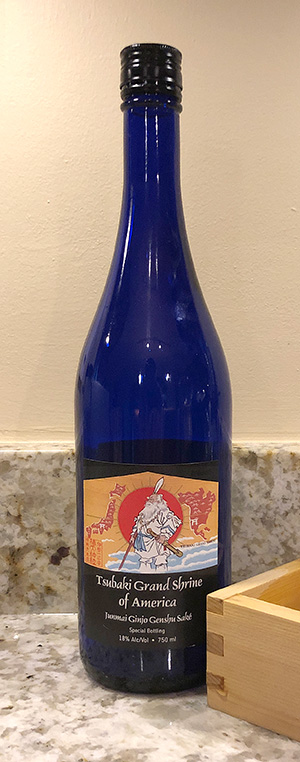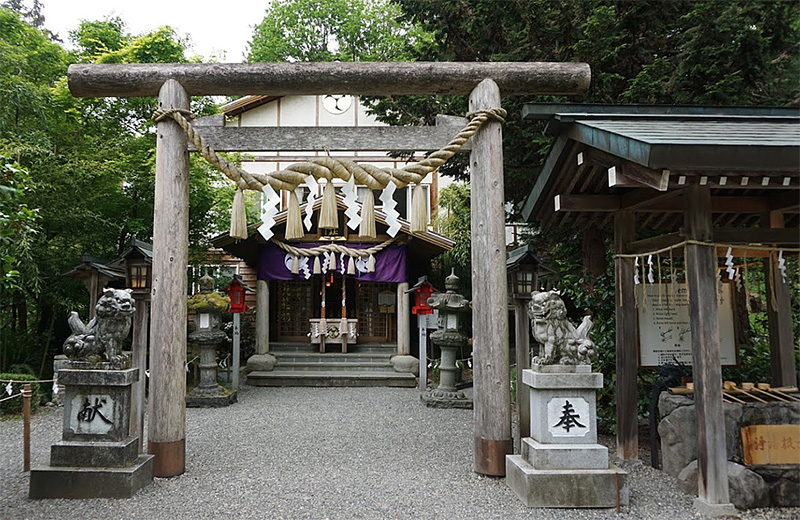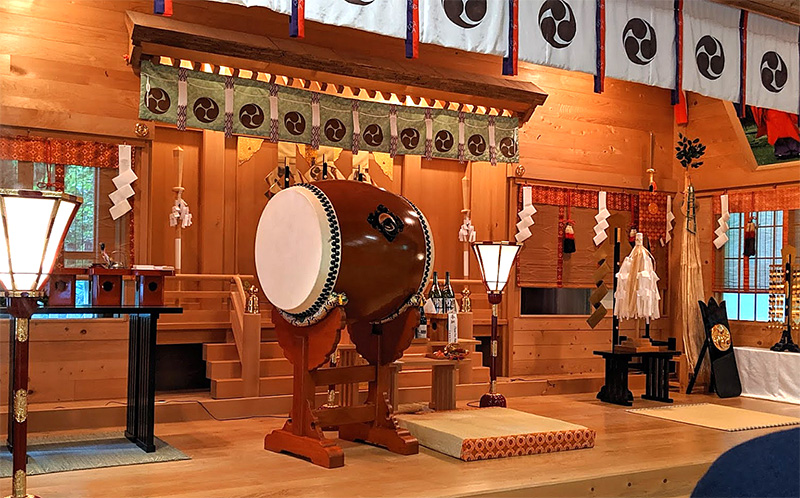 L to R: Sensei, Karatamba, Momokawa Heart and Soul, Kiku-Masamune Taru.
L to R: Sensei, Karatamba, Momokawa Heart and Soul, Kiku-Masamune Taru.
What is Saké?
Let’s be clear about this right away: Saké, the national alcoholic beverage of Japan, is often called rice wine, but this is a misnomer. While it is a beverage made by fermentation, the production process more closely resembles that of beer, and it is made from grain (rice, of course), not fruit. To make saké, the starch of freshly steamed glutinous rice is converted to sugar and then fermented to alcohol. Once fermented, the liquid is filtered and usually pasteurized. Sakés can range from dry to sweet, but even the driest retain a hint of sweetness.
History
Saké is an ancient drink, so much so that its origin has been lost in the mists of time. Ironically, the earliest reference to the use of alcohol in Japan is recorded in a third-century Chinese text, the Book of Wei in the Records of the Three Kingdoms which wrote of Japanese party habits. The Kojiki, Japan’s first written history, compiled in 712, is the earliest to mention alcoholic beverages in Japanese itself. Historians place the probable origin of true saké (which is made from rice, water, yeast, and kōji mold (aspergillus oryzae) in the Nara period (710–794).
Saké production was a government monopoly until the 10th century, when temples and shrines began to brew saké as an essential part of religious ceremonies, evolving into the main centers of production for the next 500 years. That being said, the saké of antiquity was not the same as the clear beverage we know today. It was reserved for nobles and priests, and was thick and milky or yellow in color, with a low alcohol content.
In the 16th century, the technique of distillation was introduced into the Kyushu district from Ryukyu. This led to shōchū (literally, fiery spirits), a beverage typically distilled from rice (kome), barley (mugi), sweet potatoes (satsuma-imo), buckwheat (soba), or brown sugar (kokutō), though it is sometimes produced from other ingredients such as chestnut, sesame seeds, potatoes, or even carrots. It usually contains 25% alcohol by volume, and is most often used as a beverage outside of meals.
During the Meiji Restoration, laws were written that allowed anybody with the money and know-how to construct and operate their own sake breweries. Around 30,000 breweries sprang up around the country. As time passed, the government levied increasing taxes on the saké industry and the number of breweries eventually dwindled to 8,000.
Once the 20th century arrived, saké-brewing technology advanced beyond the centuries-old traditions. The government opened a saké-brewing research institute in 1904, and in 1907 the first government-run saké-tasting competition was held. Yeast strains specifically selected for use in brewing were isolated, and enamel-coated steel tanks came into use, which were easier to clean than the traditional wooden barrels, lasted forever, and were devoid of bacterial problems.
During the Russo-Japanese War in 1904–1905, the government banned the home brewing of saké. At the time, saké comprised 30% of Japan’s tax revenue. Home-brewed saké was not taxed, so the thinking was that by banning it sales and tax revenue would increase. This ban ended home-brewed saké, and the law remains in effect even today.
World War II brought rice shortages, and the saké-brewing industry was hampered as the government discouraged the use of this essential food for brewing. Postwar, breweries slowly recovered, and the quality of saké gradually increased. Even so, beer, wine, and spirits became increasingly popular in Japan, and in the 1960s beer consumption surpassed saké for the first time.
While the rest of the world may be drinking more saké and the quality of saké has been increasing, production in Japan has been declining since the mid-1970s. Predictably, the number of saké breweries is also declining; there were 3,229 Japanese breweries nationwide in 1975, but the number had fallen to 1,845 by 2007.
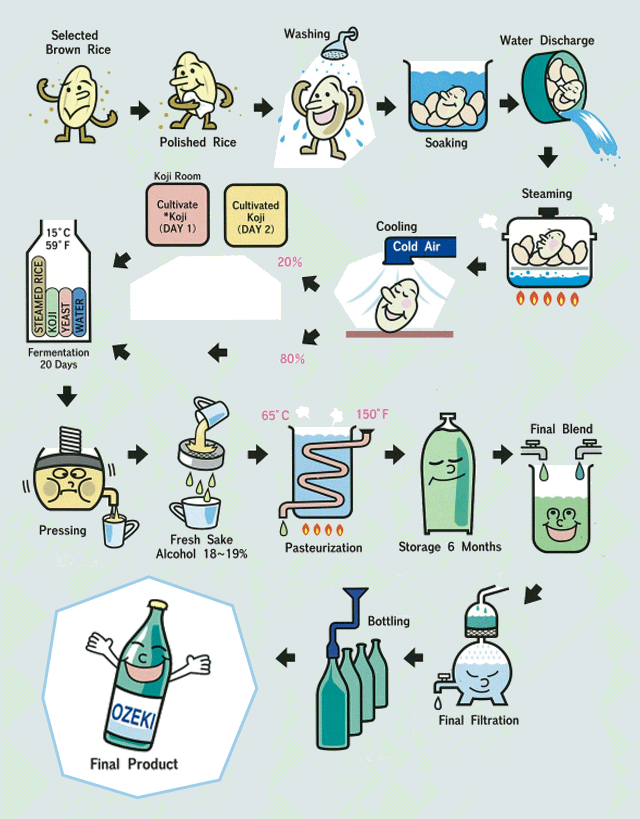
Courtesy of Ozeke Saké
Ingredients
As noted earlier, saké is made from just four ingredients: rice, water, koji, and yeast. With so few components, the quality of each is crucial. Akita is known for its high-quality rice. Some of the best water is found In Nada near Kobe, where rivers course through granite canyons, or Fushimi with its pure spring water.
Although saké breweries often pride themselves on the quality of the rice and local spring water that they use, unlike wine this does not translate into terroir, as the brewing process effectively cooks out any such nuances.
Rice Polishing, Washing, and Soaking
The rice used in saké is called “saka mai” in Japanese, and it is not the same type of rice as food rice. The grains are larger, contain more starch, and have less protein and fat. The rice is first milled, aka “polished,” to remove the outer layer that could cause off-flavors in the finished product. Typically, this milling will be 25 to 70%, but I have heard of exotic sakés with 99% starch removal! Not surprisingly, the more the rice is milled, the more expensive the saké becomes. As an example, it takes 800 grams (28 ounces) of polished rice to make 720 mL (the size most like a wine bottle) of Ginjo saké. (Ginjo designates that at least 40% of the rice has been polished away.)
After polishing, the rice is soaked, either by machine for simple sakés, or by hand for higher-quality ones. Next the rice is steamed. Unlike rice for the dinner table, which is typically simmered in hot water either in a pot or automatic rice cooker, saké rice is prepared by steaming, which allows the rice to maintain a firm outer texture and soft center, thereby helping the brewing process. It is this heating step that more closely aligns saké with beer, which also requires heating, rather than wine, which must not be heated.
Rice Cooling
The rice must be cooled after it has been steamed to the desired degree. Large breweries use a refrigerated conveyor system to lower the temperature, while craft brewers rely on traditional methods of tossing and kneading to adjust the temperature, giving the brewmaster more precise control.
Koji Making
The heart of a saké brewery is its “koji muro”, the cedar-lined room in which koji is made. It is kept at 86 to 90 degrees F. (30 to 32 degrees C.), making it much like a sauna, so you have to enjoy warm weather to work there! Cedar has natural anti-bacterial resins which help to create a clean environment conducive to efficient koji production.
Koji requires 48 hours to prepare, during which the rice is inoculated with koji mold spores, and carefully kneaded in controlled temperature and humidity. The mold converts the starch in the steamed rice to glucose, and microorganisms multiply to create a snow-white fuzz with a strong, sweet fragrance. The finished koji will be about 20 to 35% of the rice used in the production of the saké, depending on the recipe.
Fermentation
Once the koji is ready, it is mixed into chilled spring water and yeast in a fermentation tank, and then the steamed rice is added. The tank is filled gradually, in three stages over a four-day period. This allows the yeast to retain its strength to keep consuming sugar and producing alcohol throughout the fermentation period, which typically continues for 21 days. The temperature is maintained at 46 to 64 degrees F. (8 to 18 degrees C.). The brew, called “moromi,” is stirred on a daily basis to ensure consistent fermentation. Each day, tests are performed to check specific gravity, acidity, and alcohol content.
Pressing And Racking
Once the moromi reaches maturity as determined by the brewmaster, in a craft brewery it is drained into cloth bags which are placed in the traditional “fune” press which works with gravity and hand-applied mechanical pressure. The first run of saké starts emerging from a spout at one end of the press under the natural weight of the filled bags, resulting in a light-and-fruity first-pressed sake known “arabashiri.”
In a large commercial brewery the moromi is machine-pumped into a large accordion like hydraulic press called a “yabuta.” Activated charcoal is usually added to the pressed saké and then filtered out.
Bottling
Once pressed and racked the saké may either be bottled immediately or temporarily tank-stored at close to 32 degrees F. (0 degrees C,). “Go” is the measurement unit traditionally for saké. One go is about 180 mL. Saké bottle sizes are also based on these units, with the most common sizes being: 180 mL (1 go; about 6 ounces); 360 ml (2 go); 720 mL (4 go); and 1800 mL (10 go, the magnum-like bottle you often see in izakayas, informal Japanese bars that serve alcoholic drinks and snacks. The glass may be either green, brown, or clear. After bottling, most sakés are pasteurized.
Storage and Consumption
The entire saké production process takes about 45 to 60 days from start to finish. There are no vintage years, and the product is best consumed within the year it is bottled, as aging does not enhance its flavor in any way, and indeed may degrade it. Once a bottle is opened, it should be refrigerated and drunk fairly quickly.
Grades of Saké
Saké is divided into two main categories. Jozo-shu is made with added alcohol, and junmai-shu is not.
Jozo-shu
Futsu-shu is ordinary table saké and the most widely consumed grade. It is best served warm, and is suitable for use in cooking.
Honjozo-shu is made with better-quality rice, and a higher proportion of the alcohol is produced during fermentation rather than being added.
Honjozo-ginjoshu and honjozo-dai-ginjoshu are the highest grades of alcohol-added saké. They are made with more care from top-quality rice. They should be served cold.
Junmai-shu
Junmai-shu is similar to honjozo-shu, but relies on all of its alcohol from the fermentation. It is more likely than jozo-shu to be found in the U.S., and can be served warm (not hot) or cold.
Junmai-ginjoshu and Junmai-daiginjoshu are the highest grades of junmai-shu. Like the highest grades of jozo-shu, they are made with more care from top-quality rice. 50 to 70% of the rice is polished away, respectively. They should be served cold.
Serving Saké

L to R: glass carafe and cup, masu, and two tokkuri with matching ochoko.
The glass carafe above is used for serving cold saké. The blue cavity is filled with ice to keep the saké cool. The wooden box is a “masu.” In addition to being a drinking vessel, it was also traditionally used for measuring rice, appropriately. In traditional restaurant service, the masu is placed on a small saucer and filled until the saké overflows, thus ensuring an honest pour. Some people, particularly native Japanese, will add a small pinch of salt to the corner of the masu before drinking, but I don’t recommend doing so.
In Japan, the process of heating saké is called “okan suru” and the resulting warm saké is called “kanzake.” The ceramic pots used for the heating are “tokkuri,” and the accompanying cups are “ochoko.” These are usually sold as sets, and are available in a very wide variety of styles. And, “warm” is the operative word here. Most heated sakés, both at home and in restaurants here in the U.S., are made too hot. Warm saké should be about 108 degrees F. (42 degrees C.). If you like it a bit hotter, the limit is around 122 degrees F. (50 degrees C.). Heating releases saké’s bright rice aroma, and causes the alcohol to be quickly absorbed into the blood.
In addition to it being a beverage, saké is also used as one of the principal seasonings in Japanese cooking, the other three being dashi stock, fermented bean paste (miso), and soy sauce. Saké acts as a food tenderizer due to the amino acids it contains. It also can suppress saltiness, eliminate fishy tastes, and take away strong odors. It is used sparingly in cooking, and as with wine, only use saké that you would drink on its own.
An important gauge of saké is the SMV (Saké Meter Value). This measures the density of saké relative to water, and is the method for determining the dryness or sweetness of saké. The higher the SMV, the drier the saké. The range is -15 to +15.
Back to blog posts: winervana.com/blog/
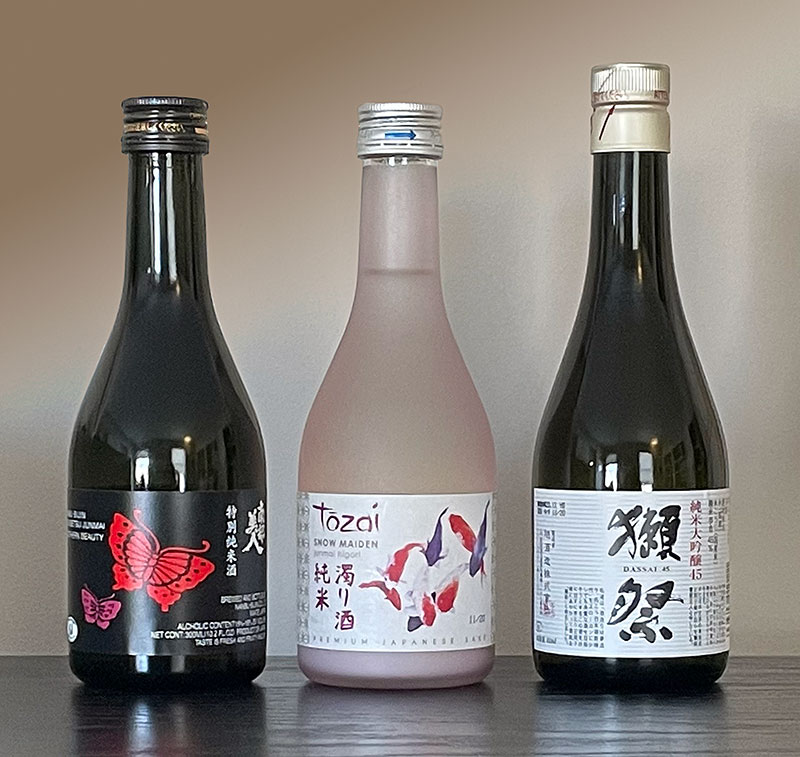
 Back to blog posts: winervana.com/blog/
Back to blog posts: winervana.com/blog/
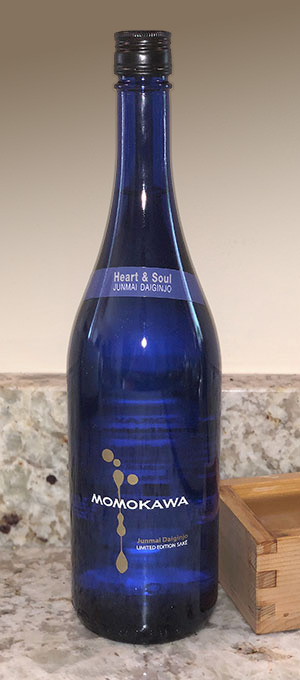 Momokawa Heart and Soul Saké
Momokawa Heart and Soul Saké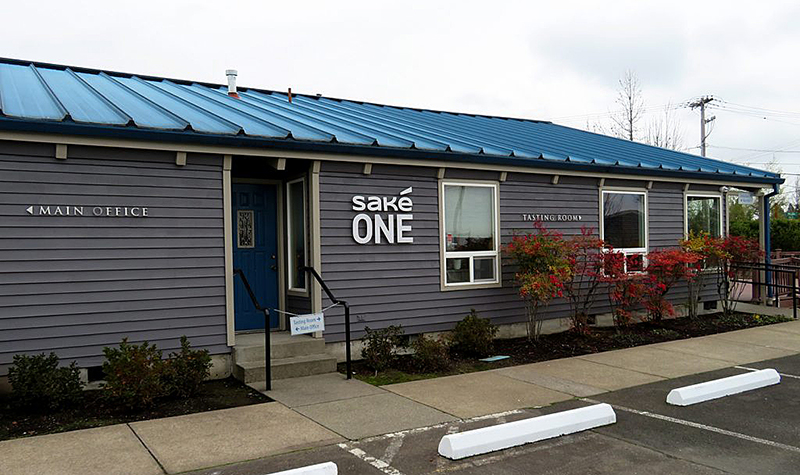
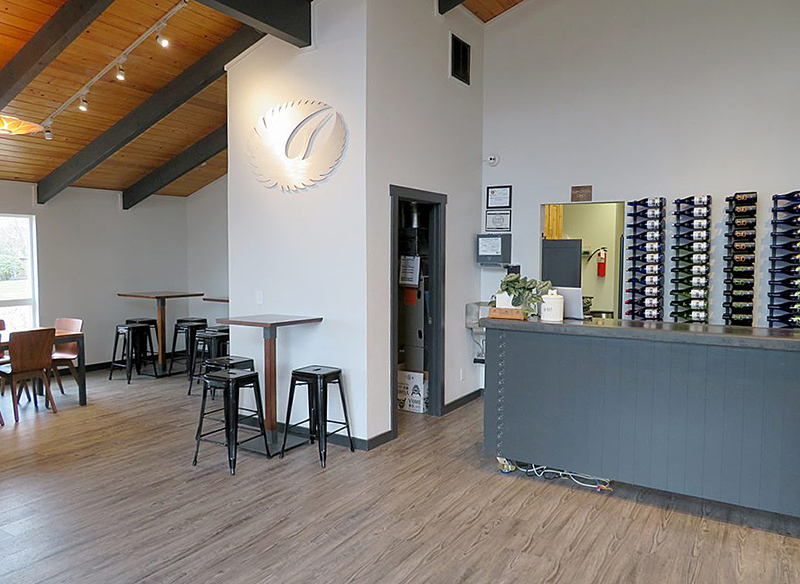
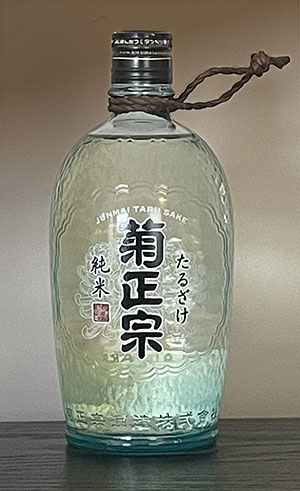
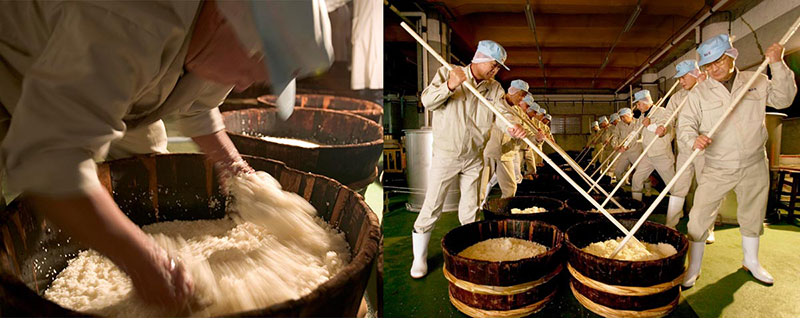
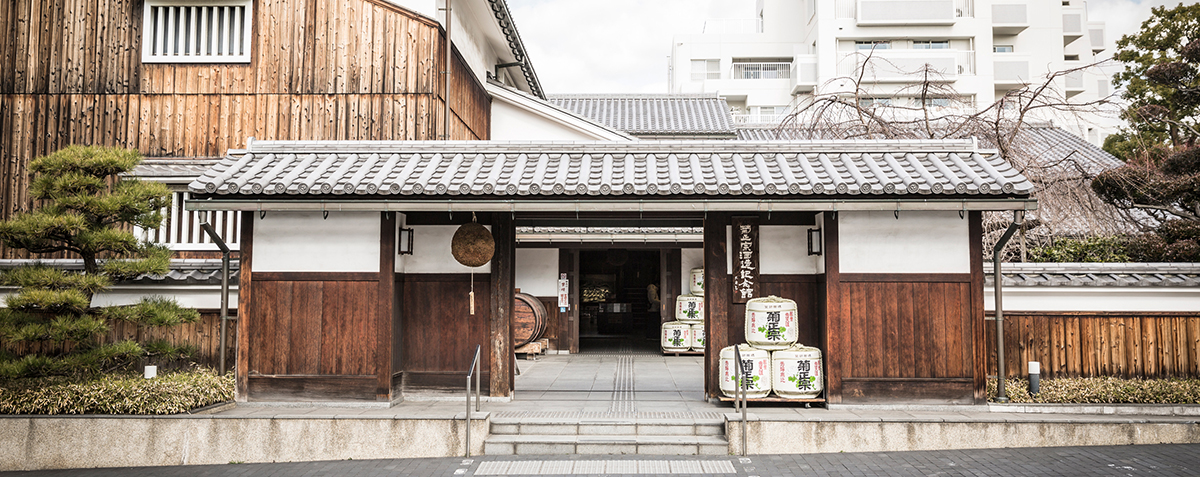

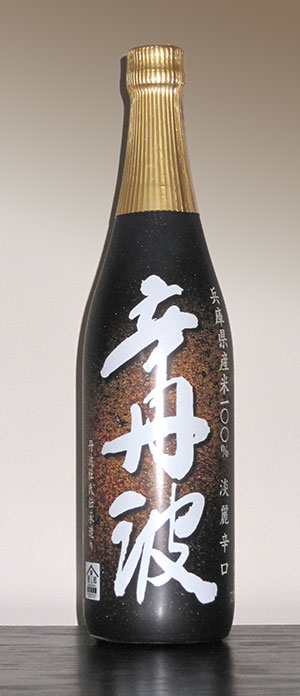
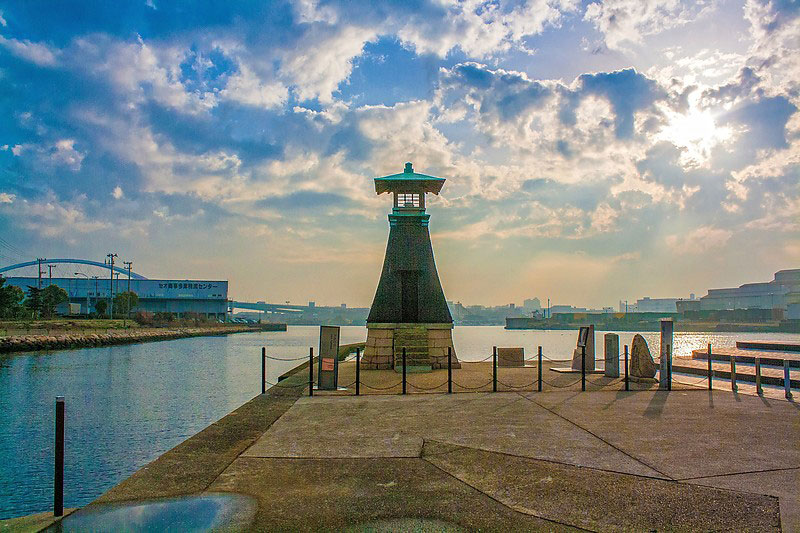
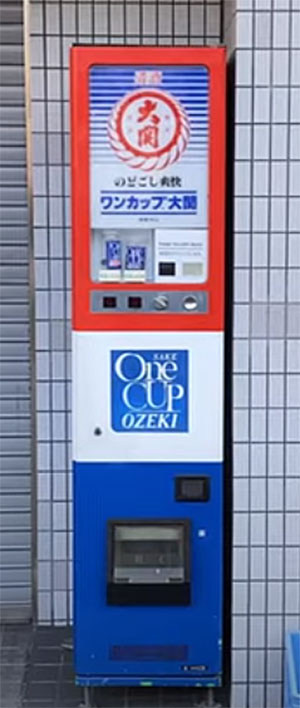 In 1884 the company was rebranded from Manryo to Ozeki. The name originates from the world of sumo wrestling, where the grand champion was originally known as the Ozeki (now the second highest rank). Additionally, odeki is Japanese for ‘good job.’ Because it sounds similar to ozeki, this was intended to motivate the production of good saké. As sumo was becoming popular in the late 19th century, it exemplified many of the ideas that were considered important for success, including strenuous hard work and technical skill. Ozeki aimed to build the brand through these concepts, just like winning sumo wrestlers try to do.
In 1884 the company was rebranded from Manryo to Ozeki. The name originates from the world of sumo wrestling, where the grand champion was originally known as the Ozeki (now the second highest rank). Additionally, odeki is Japanese for ‘good job.’ Because it sounds similar to ozeki, this was intended to motivate the production of good saké. As sumo was becoming popular in the late 19th century, it exemplified many of the ideas that were considered important for success, including strenuous hard work and technical skill. Ozeki aimed to build the brand through these concepts, just like winning sumo wrestlers try to do.

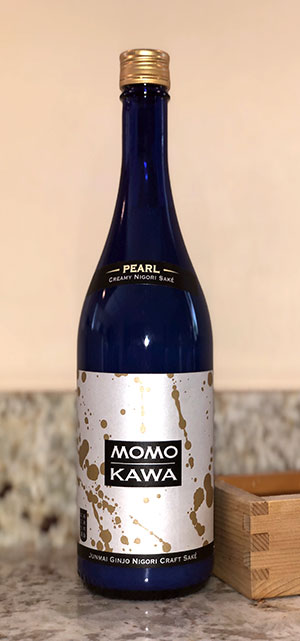
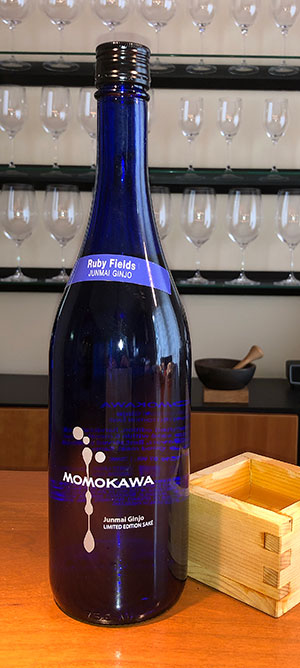 Momokawa Ruby Fields Saké
Momokawa Ruby Fields Saké